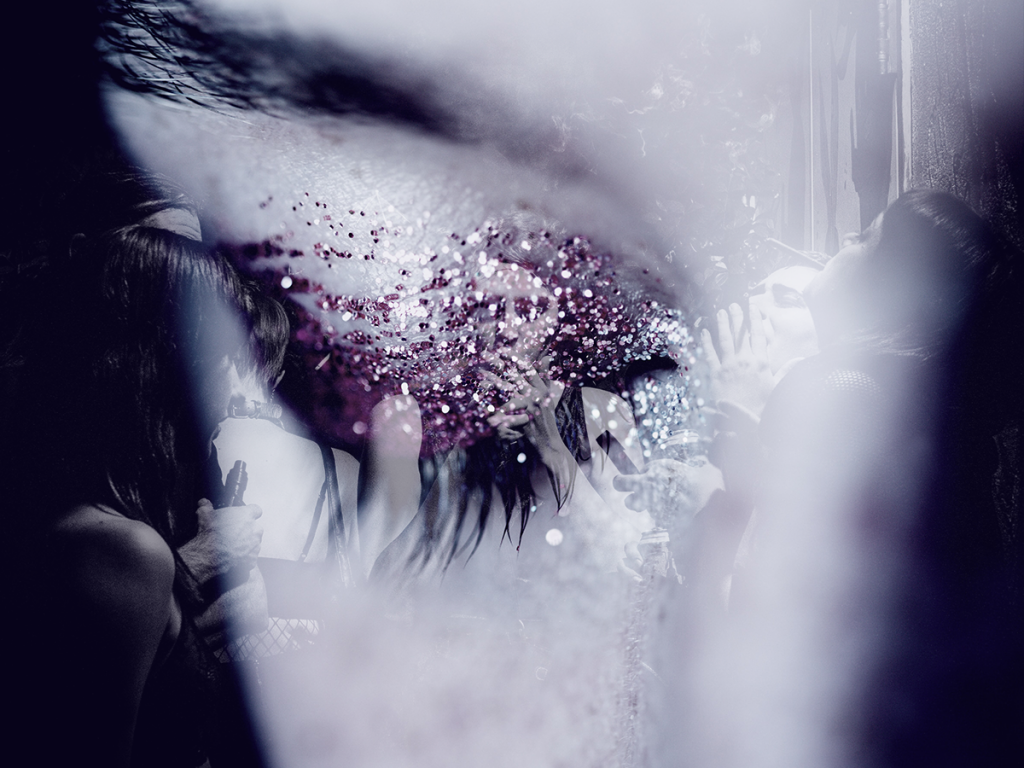Izzie Naish looks at the resurfacing of the 90s phenomenon, ‘heroin chic’, challenging whether the aesthetic ever really left, and how the female body becomes caught up in this capitalist cycle of body trends.
Heroin Chic and the Marketability of the Female Body
Most women are familiar with Kate Moss’ infamous quote: ‘Nothing tastes as good as skinny feels.’ Originally dubbed as one of her ‘mantras’, the supermodel has since expressed regret for its damaging implications in light of the modelling and fashion industries becoming more diverse. So, with the body positivity movement continuing to gain traction and the trend’s original poster girl distancing herself from her previous statements, why is the term heroin chic slowly edging its way back into fashion discourse?
Rebelling against what Isabelle Truman describes as the ‘glossy excess of 80s hedonism’ marketed by original Supermodels such as Cindy Crawford and Naomi Campbell, heroin chic refers to the grungy, androgynous aesthetic which rose to prominence during the mid-1990s. Epitomised by Kate Moss and Jaime King, the look is characterised by extreme thinness, pale skin, and dark under-eye circles and associated with the rise of alternative, grunge movements in music and popular culture. Following the drug-related death of 20-year old photographer David Sorrenti and editor Ingrid Sischy’s subsequent statement that ‘This is heroin, this isn’t chic. This has got to stop, this heroin chic’, the fashion era ended in May 1997, and the image has since been repeatedly criticised for glamourising drug use, promoting disordered eating and championing an unhealthy, unsustainable lifestyle.
Despite the fairly quick rise and fall of the original aesthetic, heroin chic’s legacy lingered long after its initial demise. Even throughout the athletic look of the early 00s pioneered by Gisele Bündchen and, in Vogue’s words, the last decade’s ‘era of the Big Booty’, thinness has consistently pervaded the trend cycle, even if not always explicitly. The recent rise of the body positivity and wellness movements offered a small glimmer of hope that the trend cycle had decided that inclusivity was its final destination, but the recent looping back to a more slender look, mirrored by the reduction of Kim Kardashian’s Brazilian butt lift, highlights that thin is back in – in fact, it never really left.
But why are women’s bodies commodified and reduced to trends in the first place? After all, you cannot purchase a new body in the same way that you can purchase a new pair of shoes. Unsurprisingly, the answer lies largely in its profitability. The pressure to conform to beauty standards is so overwhelming that, in general, if you tell women to look a certain way, we will spend money on trying to achieve it. Tell us that being thin is optimal, and we will spend money on diet foods or diet teas. Tell us that a bigger bum will make us more desirable, and we will spend money on gym memberships or cosmetic procedures. With the beauty standard oscillating at a quicker rate than our bodies are able to change, and this only increasing as social media continues to magnify the trend cycle, these expectations are nothing except damaging and unattainable.
With fatphobia being so deeply ingrained within contemporary culture, and the media conveying so many mixed messages surrounding how we should look, it can feel almost impossible to exist outside of these relentless beauty standards. I don’t know for sure how we can combat the seemingly inevitable nature of the trend cycle, except for learning to become comfortable in our own skin and celebrating every body type, no matter their ‘desirability’. But what I do know is that, unlike low-rise jeans, cargo pants and platform boots, heroin chic is a trend which needs to stay firmly in the 90s.
Edited by: Rebecca Pearson – Deputy Editor
Header designed by: Meg Crowther


